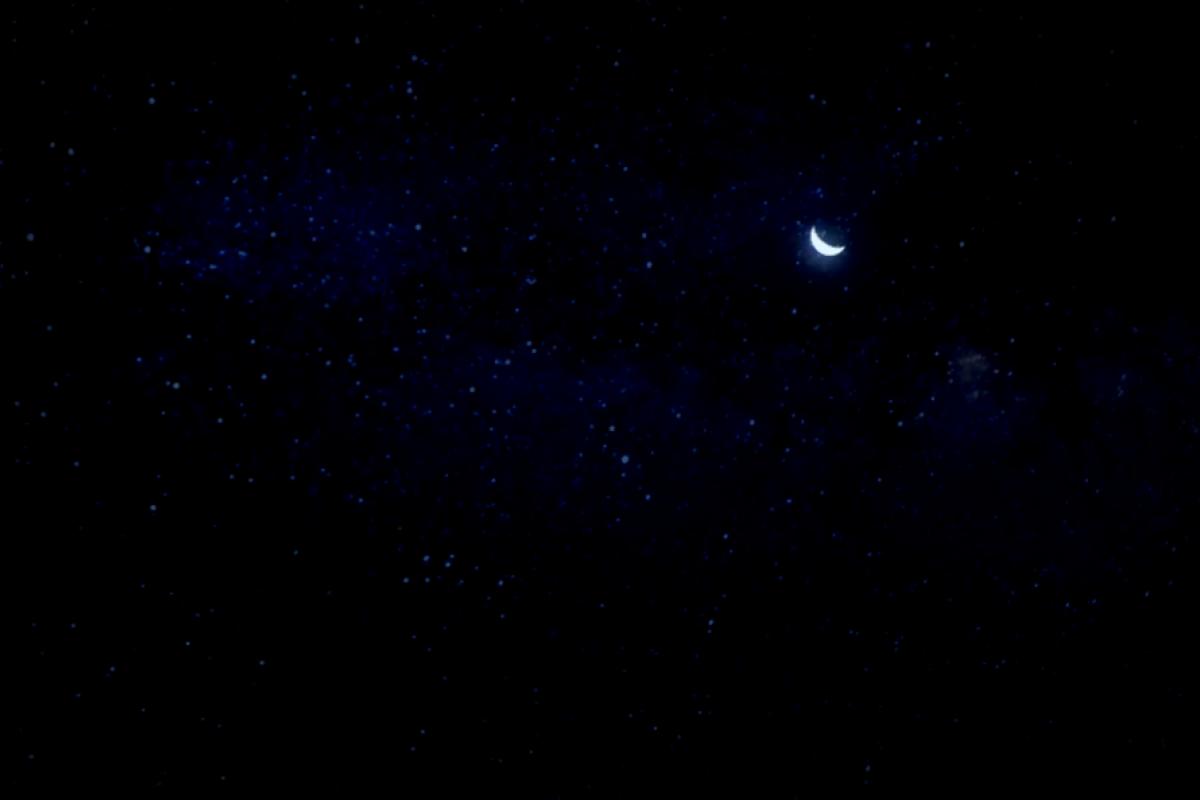Innovative Black Coating for Satellites: A Game-Changer for Stargazers

Photo by Pexels
There’s something special about lying back on a starry night, gazing up at the twinkling cosmos. The breathtaking images of the Milky Way and distant galaxies, captured by Earth’s massive telescopes, only add to the magic.
For a long time, those marvelous views sparkled with natural beauty, completely unmarred by human influence—every glowing dot above felt untouched, powerful beyond our understanding.
Then came the age of satellites. With an explosion of thousands of them in orbit, stargazers and astronomers have faced a bit of a nightmare.

Photo by Pexels
Currently, around 8,000 satellites are zipping around our planet, hanging about 100 to 1,200 miles away, in an area we call low Earth orbit (LEO). These satellites play a crucial role in our daily lives—they help with everything from weather forecasting to communications—but they come with a downside. They shine bright, reflecting light back to Earth.
To add to the complexity of the situation, experts predict that by 2030, that number could skyrocket to about 60,000 satellites in orbit. The potential for interference with our night skies is becoming a serious concern.
For those satellites already floating around, there’s not much that can be done. However, fresh research from Surrey NanoSystems and the University of Surrey in the UK offers some hope for the many satellites still to be launched.
At the heart of this innovation is a new type of black paint called Vantablack 310.

Photo by University of Surrey
According to a statement from the University of Surrey, covering satellites with Vantablack 310 might greatly minimize—if not entirely eliminate—their ability to reflect light toward Earth. Astha Astha, a researcher at Surrey, emphasizes the significance of this advancement:
“Studies show that satellite mega-constellations could increase sky brightness by up to 1% in the worst-affected regions, posing a serious threat to astronomical observations and the preservation of dark skies. Our project directly tackles that challenge by exploring innovative ways to reduce satellite reflectance.”
The plan is to test this ultra-black coating on a satellite being designed by students from the Universities of Surrey, Portsmouth, and Southampton, which is aiming for launch in 2026. The team hopes this coating will make the satellite virtually invisible from Earth.
Dr. Keiran Clifford from Surrey Nanosystems states that with Vantablack 310, the coating will perform excellently from many angles while being durable enough to withstand the tough conditions of LEO:
“Our latest coating technology, Vantablack 310, offers super-black performance across a wide range of viewing angles, while remaining robust to the challenging LEO environment. We’re proud to be working with our partners at the University of Surrey to deliver innovations in the satellite sector, ensuring sustainable and equitable access to a night sky for all.”
If everything goes as planned during the launch and testing phases, this groundbreaking coating could significantly improve conditions for low Earth orbit, putting an end to visual disruption from satellites once and for all.



















